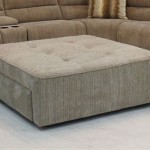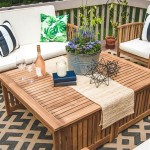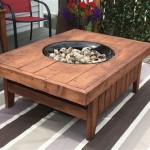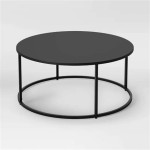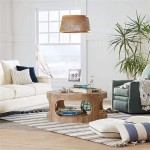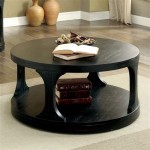How To Style A Side Table In Living Room
Side tables, often overlooked, play a crucial role in a living room's overall aesthetic and functionality. They provide convenient surfaces for drinks, books, and decorative items, while also contributing to the room's visual balance. Styling a side table effectively can elevate the entire space, adding personality and practicality.
The first step in styling a side table involves considering its size and scale in relation to the surrounding furniture. A side table should be proportionate to the sofa or armchair it accompanies. A table that is too small can appear insignificant, while one that is too large can overwhelm the space. Ideally, the table's height should be roughly equal to the armrest height of the adjacent seating.
Functionality is a key consideration when choosing accessories for a side table. Incorporating elements that serve a purpose adds practicality to the arrangement. A table lamp provides essential task lighting for reading or other activities. A small dish or tray offers a designated spot for keys, remote controls, or jewelry. Coasters protect the table's surface from water rings and add a touch of visual interest.
Introducing a variety of heights and textures creates visual interest and prevents the arrangement from appearing flat or monotonous. Stacking books can add height and introduce a textural element. A vase of flowers or a potted plant brings in a natural element and softens the overall look. A decorative object with a unique shape or texture, such as a sculpture or a carved box, can serve as a focal point.
Balance is crucial for creating a harmonious arrangement. Avoid overcrowding the table with too many items. A balanced arrangement typically involves a combination of tall, medium, and short objects. For instance, a tall lamp, a medium-sized stack of books, and a small decorative bowl can create a visually appealing balance.
The color palette of the accessories should complement the existing décor of the living room. Choose colors that either harmonize with the overall color scheme or provide a subtle contrast. For example, if the room features neutral tones, adding a pop of color with a vibrant vase or a patterned tray can create a focal point. Conversely, if the room is already rich in color, opting for neutral-toned accessories can provide a sense of balance.
Layering adds depth and dimension to the arrangement. Placing a small decorative object on top of a stack of books or using a tray to corral smaller items creates a layered effect. This technique prevents the arrangement from looking sparse and adds a sense of visual richness.
Negative space is just as important as the objects themselves. Leaving some empty space on the table prevents the arrangement from looking cluttered and allows the eye to rest. A balanced distribution of objects with sufficient negative space creates a sense of harmony and order.
Personal touches are essential for making the arrangement feel authentic and reflective of one's individual style. Incorporating items that hold personal meaning, such as family photos, travel souvenirs, or cherished collectibles, adds character and warmth to the space. These personal touches transform the side table from a mere functional piece to a reflection of the homeowner's personality and experiences.
Regularly refreshing the arrangement prevents the display from becoming stagnant. Changing the arrangement seasonally, or simply swapping out a few accessories, can keep the space feeling fresh and dynamic. This allows for the incorporation of new finds and keeps the décor aligned with evolving tastes.
Consider the overall style of the living room when selecting accessories. A modern living room might benefit from sleek, minimalist accessories, while a traditional space might call for more ornate pieces. Ensuring that the accessories complement the overall aesthetic creates a cohesive and harmonious look.
Lighting plays a significant role in showcasing the styled side table. If the table includes a lamp, ensure it provides adequate lighting for the intended purpose, whether it's reading or ambient lighting. Consider adding a dimmer switch to adjust the light level according to the time of day and desired ambiance.
The material of the side table itself also influences the choice of accessories. A wooden table might pair well with natural elements like plants and woven baskets, while a metal table might complement metallic or glass accessories. Considering the material of the table ensures a cohesive and harmonious aesthetic.
Experimentation is key to finding the perfect arrangement. Don't be afraid to try different combinations of objects, heights, and textures until achieving a look that feels both visually appealing and functional. Personal preferences and the unique characteristics of the living room will ultimately guide the styling process.

How To Style An End Table Like A Pro Stonegable

How To Style An End Table Like A Pro Decor Living Room Tables

The Ultimate Guide To Decorating With Side Tables And End

Home Decor 101 How To Decorate End Tables The Turquoise

Styling Your Side Table Our Tips For The Perfect Spring Look

How To Style A Side Table 3 Diffe Ways Swoon Worthy

Home Decor 101 How To Decorate End Tables The Turquoise

How To Style An End Table Like A Pro Stonegable

Home Decor 101 How To Decorate End Tables The Turquoise

How To Style A Side Table 3 Diffe Ways Swoon Worthy
Related Posts


